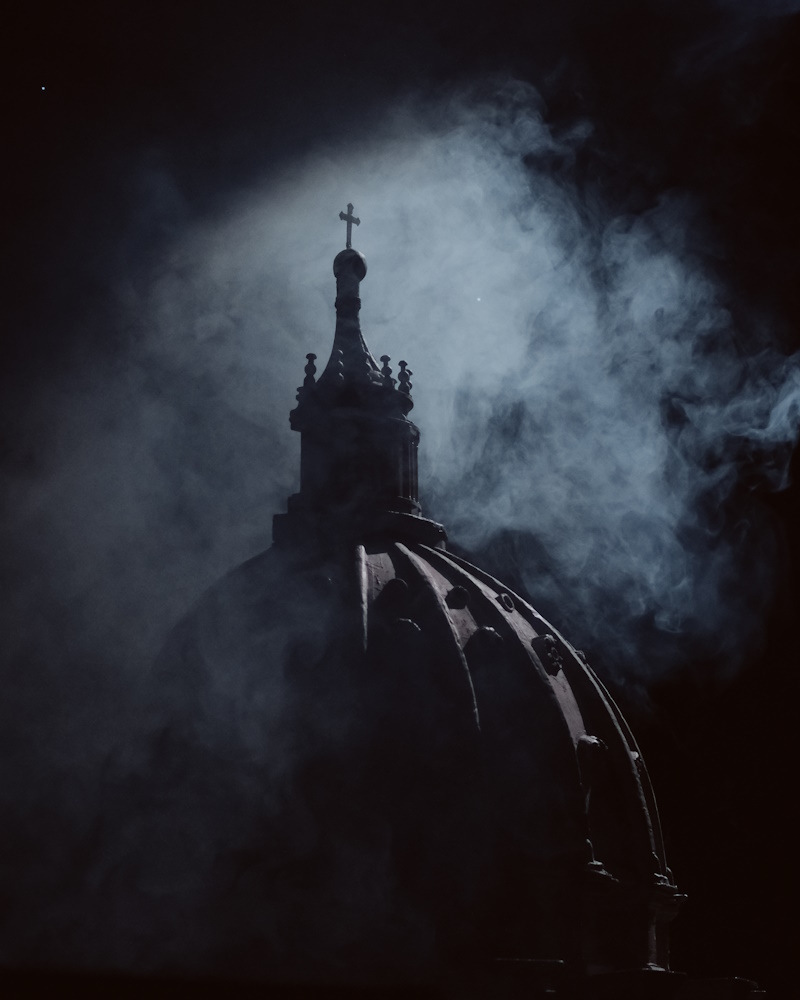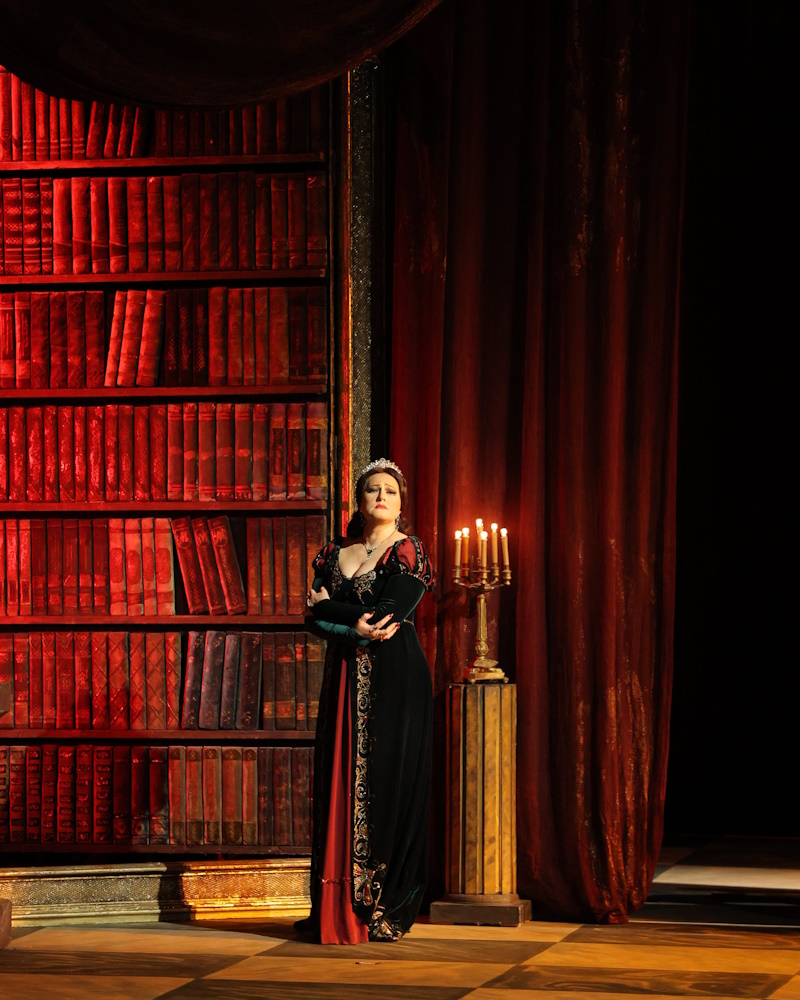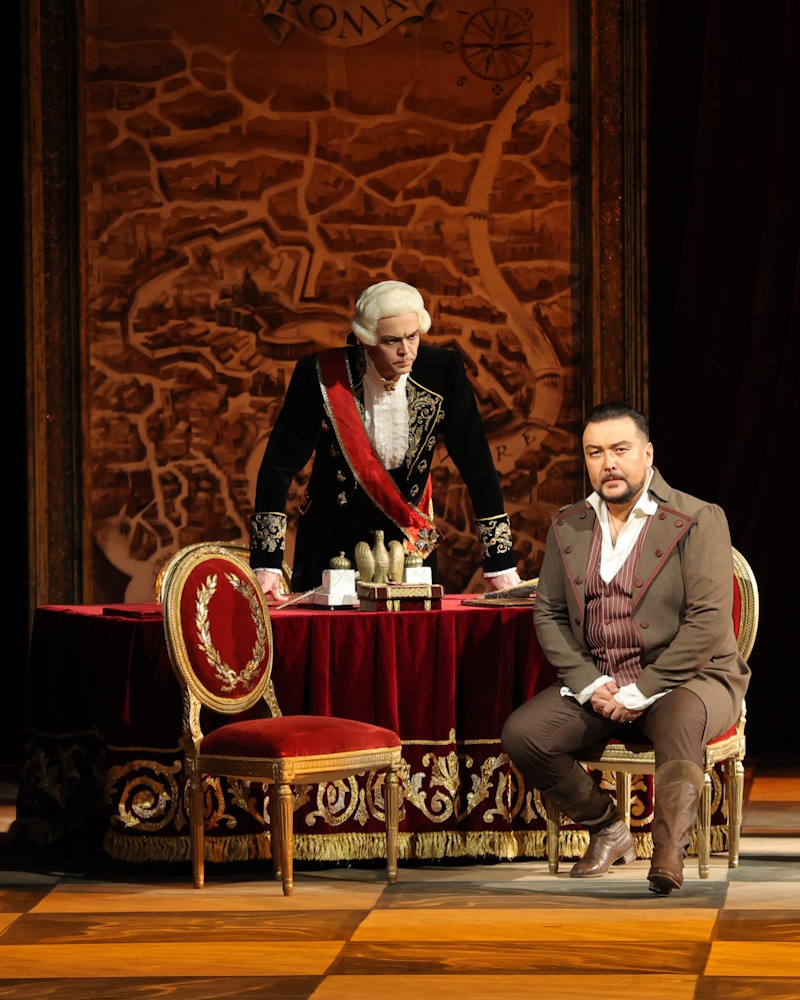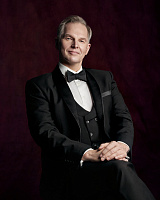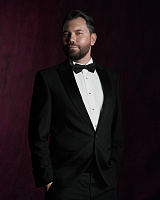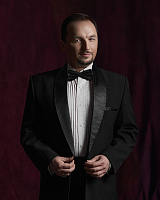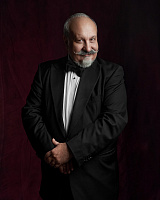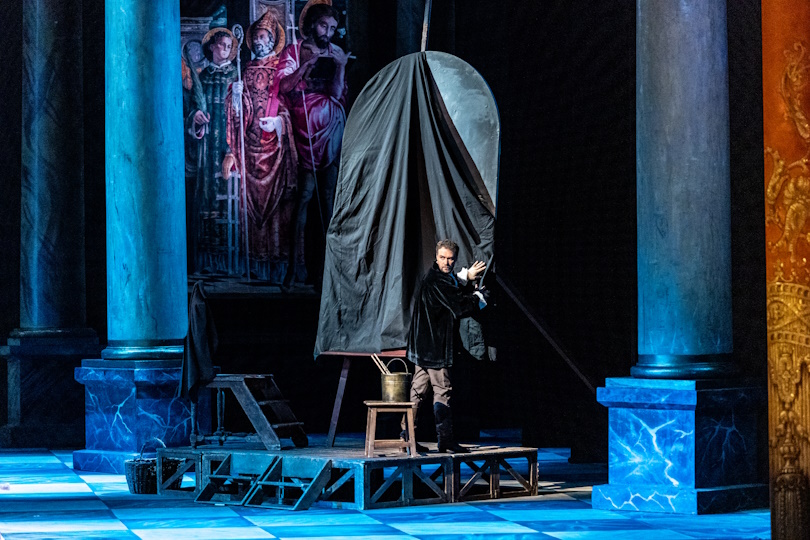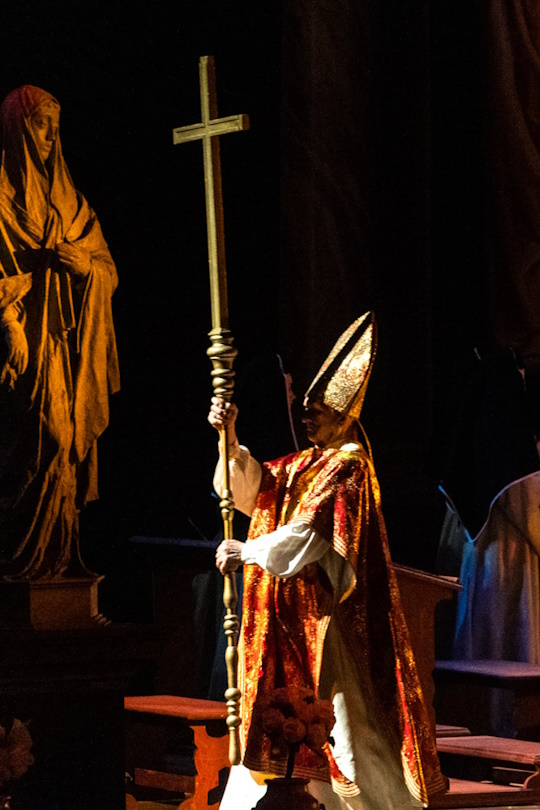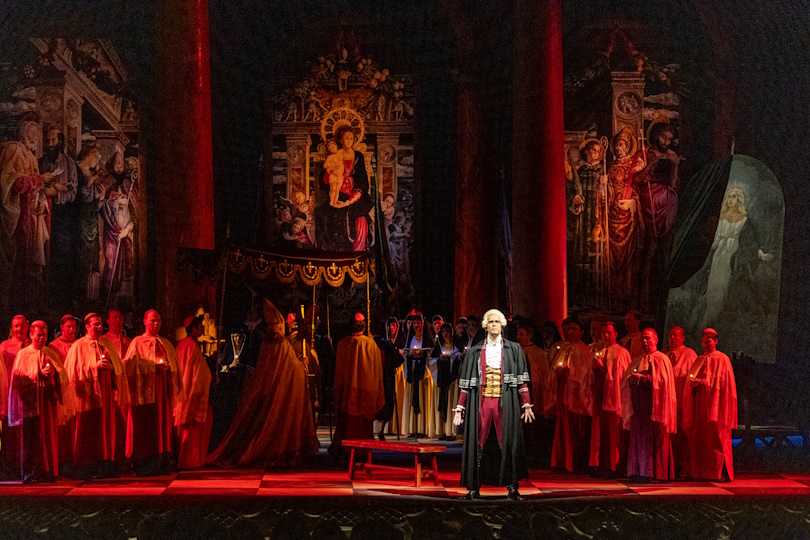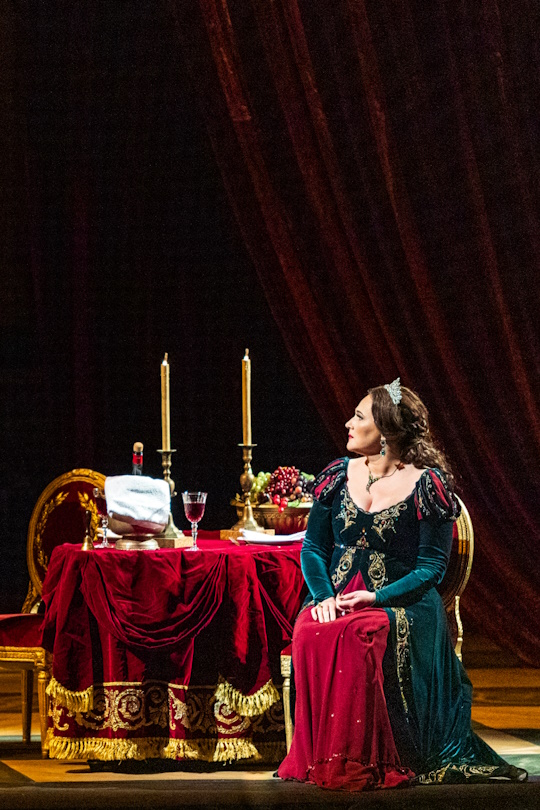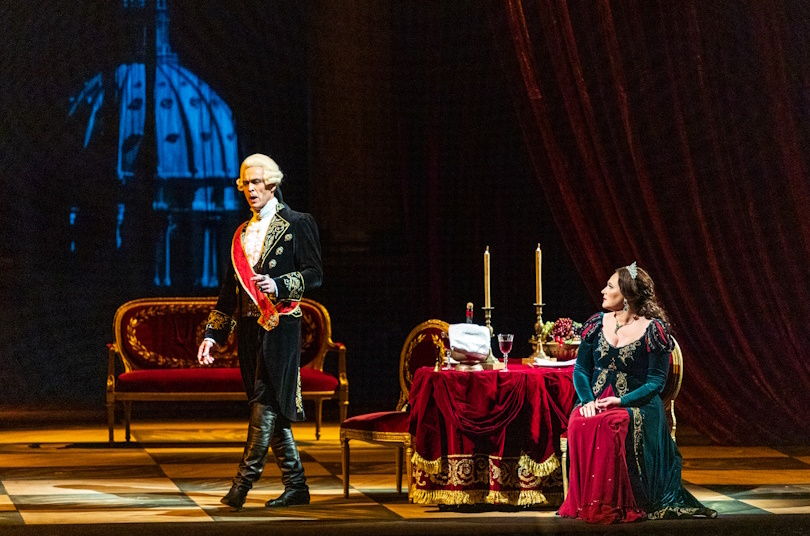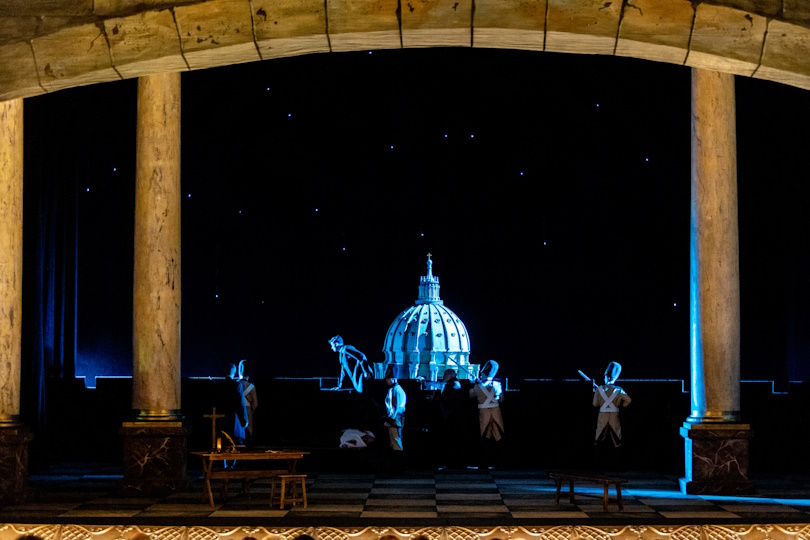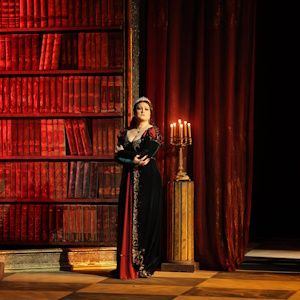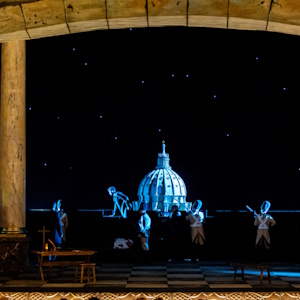Tosca
opera in three acts
music by Giacomo Puccini
 performed in Italian (with Russian surtitles)
performed in Italian (with Russian surtitles)
Cast
Tosca is one of the greatest achievements in the history of opera. It is a composition of rare beauty and emotional force. Giacomo Puccini took inspiration from a play written especially for Sarah Bernhardt by Victorien Sardou. With its rapid pace of events, the action develops like the sudden release of a spring. Floria Tosca is a celebrated singer and a beautiful, passionate woman. She succumbs to her emotions easily, be it love, jealousy, or rage. Caught at the very centre of a political intrigue, Tosca falls victim to the manipulations of the treacherous Scarpia and unwittingly ruins her beloved, the artist Mario Cavaradossi. Puccini’s passionate, expressive, and profound music brings equilibrium to the heightened pathos of the literary original and speaks directly to the listener’s heart. Audiences empathize with the protagonists as if they have always known them. This production of Tosca at the Mikhailovsky Theatre is performed as its composer intended, convincingly and considerately following the drama of the music.
Act one
The Church of Sant’Andrea in Rome. Cesare Angelotti, former Consul of the Re-public of Rome and now a political prisoner who has escaped from prison, is seeking shelter here. He hides in the chapel of his sister, the Marchesa Attavani. Artist Mario Cavaradossi is working on an image of Mary Magdalene. The sacristan is shocked that the painting resembles the Marchesa Attavani. After the sacristan leaves, Angelotti appears from the chapel and begs the artist for help. On appearance of the famous singer Floria Tosca, the artist’s lover, he hides again. The singer also notices that the painting of Mary Magdalene resembles the Marchesa Attavani. Tosca is jealous but the artist manages to pacify her. Floria leaves the church. Gunshots are heard — the escape of the political prisoner has been discovered. Cavaradossi offers the fugitive refuge in his villa. The men hurry away.
The sacristan returns surrounded by a laughing crowd of choir boys. They falsely believe that Napoleon has been defeated and are there to sing thankful hymns. Floria Tosca is to perform in the celebration too.
Scarpia, the chief of the Roman police, arrives with Spoletta and Sciarrone in search of the escaped prisoner. They expect to discover Angelotti in the Attavani chapel but find only an empty food basket and the fan of the Marchesa.
Seeing Tosca return to the church, Scarpia decides to seize his opportunity. Scarpia arouses Tosca’s jealousy by mentioning the painting by Cavaradossi and showing Marchesa Attavanti’s fan, and she departs in anger. He orders his agent to follow her, hoping that Tosca will lead them to the artist’s secret hiding place.
A celebratory mass begins.
Act two
Scarpia’s room at Palazzo Farnese. He sends a servant to give a note to Tosca to invite her to come to his place when she finishes with her recital. His expectations are only half fulfilled: Tosca did lead them to Cavaradossi, who has now been arrested, but Angelotti has escaped. Scarpia closely questions the painter, but Cavaradossi reveals nothing. Tosca arrives, and the painter whispers to her not to say anything about Angelotti. Scarpia sends Cavaradossi off to be tortured. Tosca can’t stand his sufferings; she loses her self-control and reveals the secret hiding place in the garden. Cavaradossi is brought in. He hears the chief of police and understands that the secret has been revealed. The painter is desperate.
Sciarrone enters to announce that earlier reports were mistaken: Bonaparte has defeated the royalist forces at the battle of Marengo.
The painter is to be executed the next morning. Tosca begs Scarpia to spare Cavaradossi. Scarpia avows his passion for Tosca and demands her as the price of Cavaradossi’s life. Feeling as if she has no alternative, Tosca finally agrees to yield.
Scarpia orders Spoletta to organise for a mock execution of Cavaradossi, while Tosca demands a safe-conduct for herself and the painter to leave the country. As Scarpia advances to embrace her, she plunges the knife into him. Scarpia is dead. Tosca leaves the palace.
Act three
Top floor of Castel Sant’Angelo where Cavaradossi is to be executed. Tosca rushes in and explains it is to be a mock execution. Soldiers appear. They fire and the artist falls to the ground. Floria calls his name in vain: the execution was real. Spoletta, who has discovered Scarpia’s death, enters with soldiers, denouncing her as a murderer. Tosca throws herself from the parapet.
Premiere at the Mikhailovsky Theatre: 28 February 1999
Revival of the production: 17 June 2009
Libretto by Luigi Illica and Giuseppe Giacosa after the play Floria Tosca by Victorien Sardou
- Stage DirectorStanislav Gaudasinsky
- Stage and Costume DesignerVyacheslav Okunev
- Principal PianistMaria Kopyseva
- Director of the revivalYulia Prokhorova
- Costume TechnologyAlla Marusina
- Lighting DesignerMikhail Mekler
- DirectorVyacheslav Kalyuzhny
- Chorus MastersAlexey Dmitriev, Sergey Tsyplenkov
- Consultant in the Italian languageDaria Mitrofanova
Sets and costumes produced at the Vozrozhdenie Theatrical Design Studios

